Optimal air humidity in
laboratories / labs
40-60%
NATURAL.
HYGIENIC.
HEALTHY.
The healthy indoor climate in laboratories.
In laboratories, stable and controllable environmental conditions are often necessary in order to achieve results that are comparable, reproducible and thus usable. In addition, there are people working in laboratories who contribute decisively to the success of a company with their know-how and commitment. In addition to the ethical obligation, it is therefore also an economic decision to protect the health of the employees in the best possible way and thus promote their productivity and general well-being.
Scientific findings show that the indoor climate has a major influence on the health, well-being and performance of employees. The comfort zone for humans lies between 40 and 60 % in relation to relative humidity (RH). Between these two values, people feel comfortable, perform well and stay healthy.
Optimally moistened mucous membranes in the nose and mouth protect laboratory technicians and employees from the penetration of particles, bacteria and viruses into their airways.
.The transmission rate of viruses via the air is reduced because virus particles form larger droplets at a humidity level of 40-60 % and thus sink to the ground faster.
The survival time of viruses on surfaces is reduced at an air humidity of 40-60 %. Viruses with a fat cover (e.g. corona viruses) are most unstable under these conditions.
The skin's state of hydration is in the optimal range at an air humidity of 40-60 %. Complaints such as itching and skin irritation for laboratory technicians and employees are reduced.
At an air humidity of 40-60 %, significantly less moisture evaporates via the eyes. Thus, the eyes of laboratory technicians and employees are better protected against dehydration.
A humidity of 40-60 % leads to less stress symptoms and improves the conditions for physical activities of laboratory technicians and employees.
Laboratory technicians and employees who feel well and enjoy good health are demonstrably more concentrated, awake and motivated. Performance improves with the increase of exactly these three factors and also depends on healthy indoor air. The legally prescribed framework conditions for laboratories can be optimally implemented in climatically controllable rooms with constant ambient air and ensure reliable and reproducible results in a sterile environment. This in turn increases employee satisfaction.
The advantages for your laboratory:
With heating in autumn/winter, the relative humidity decreases.
Keeping the air humidity stable in our comfort zone at 40-60 % is not always easy and can only be reliably guaranteed by technical humidification of the indoor air. Especially in autumn and winter, we quickly leave the optimal range between 40 and 60 % relative humidity due to the regular and necessary exchange of the heated indoor air with colder outside air. This is because cold air can physically absorb less moisture than warmer air. If this outside air now enters a warm room and warms up from, for example, 0 °C to 22 °C, the relative humidity (RH) of this heated air cannot exceed approx. 20 % in the end. This means that in winter, the supply of fresh air inevitably leads to a reduction in the humidity of the indoor air and to leaving the comfort zone of 40-60 %.
For this reason, the German Building Climate Association (FGK) recommends that planners, architects and operators of buildings supplement air conditioning systems with professional air humidification systems to control the humidity and ensure an optimal indoor climate.
Our systems for air humidification in laboratories.
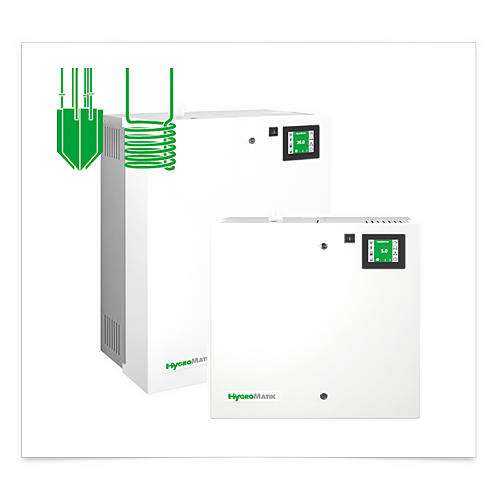
Humidification principle:
Isothermal, temperature remains unchanged during humidification
Water quality:
Installation:
In the ventilation system or directly in the room
Special features:
Special ease of use through touch control

Humidification principle:
Isothermal, temperature remains unchanged during humidification
Water quality:
Installation:
In the ventilation system or directly in the room
Special features:
Compact dimensions
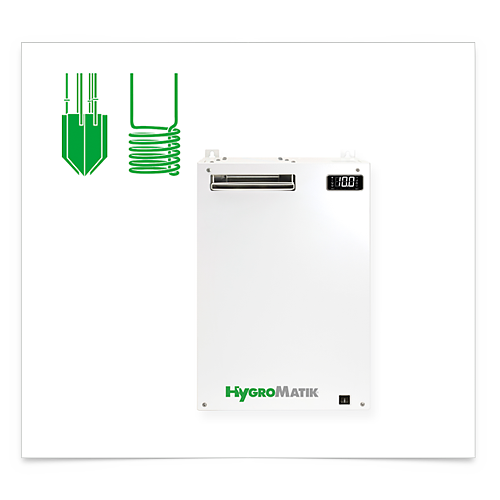
Humidification principle:
Isothermal, temperature remains unchanged during humidification
Water quality:
Tap water of different qualities
Installation:
Directly in the room
Special features:
Integrated quiet-running ventilation unit
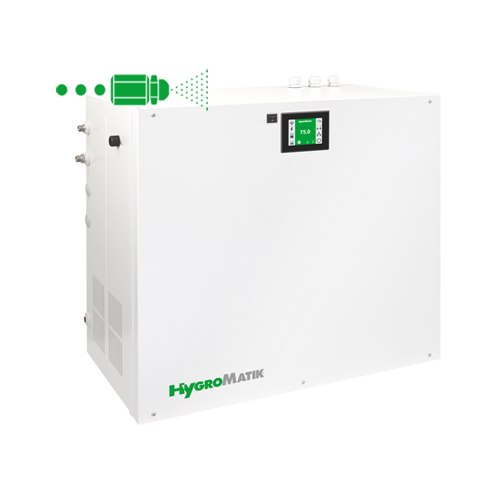
Humidification principle:
Adiabatic, humidifies and cools simultaneously
Water quality:
Fully demineralised water without additives
Installation:
In the ventilation system
Special features:
Special ease of use through touch control
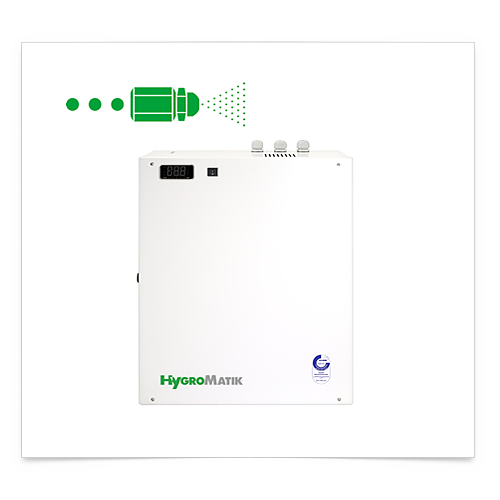
Humidification principle:
Adiabatic, humidifies and cools simultaneously
Water quality:
Fully demineralised water without additives
Installation:
In the ventilation system
Special features:
Compact dimensions
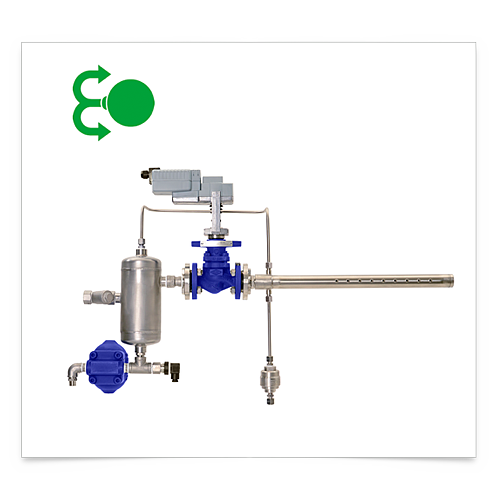
Humidification principle:
Isothermal, temperature remains unchanged during humidification
Feed steam quality:
Black steam or pure steam
Installation:
In the ventilation system
Special features:
Integration into existing pressurised steam network
Get information and advice now.